Home>Garden Essentials>How Are Seed Oils Made
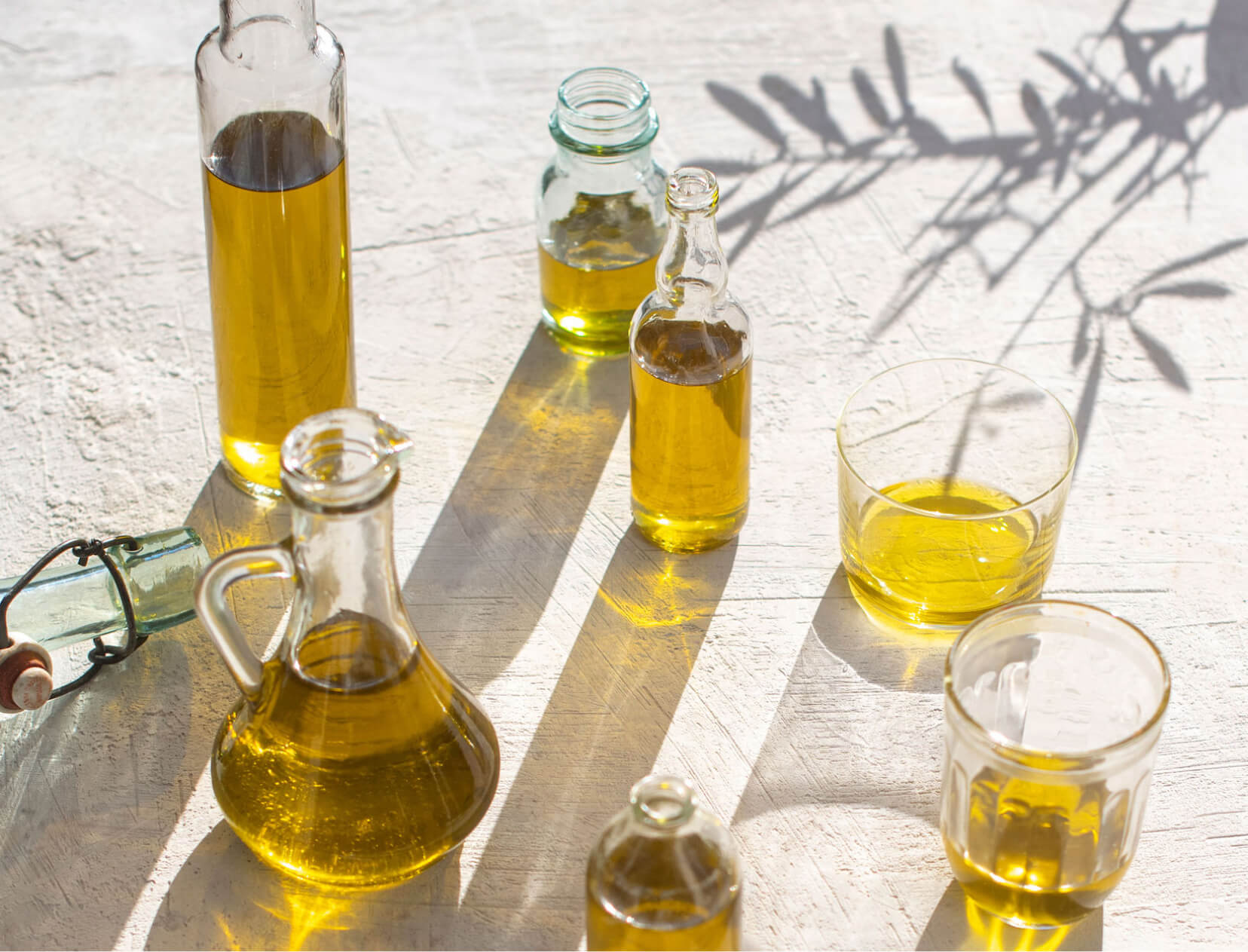

Garden Essentials
How Are Seed Oils Made
Modified: August 16, 2024
Discover the process of making seed oils for your garden with our comprehensive guide. Learn how to extract and use various seed oils to enhance your gardening experience.
(Many of the links in this article redirect to a specific reviewed product. Your purchase of these products through affiliate links helps to generate commission for Storables.com, at no extra cost. Learn more)
Introduction
Welcome to the fascinating world of seed oils! These natural wonders have been used for centuries in various cultures for their health benefits, culinary uses, and even in beauty treatments. Seed oils are derived from the seeds of different plants and are packed with essential nutrients, antioxidants, and fatty acids that contribute to a healthy lifestyle.
In this article, we will explore the fascinating process of how seed oils are made, the different extraction methods utilized, as well as the importance of refining, filtering, and packaging these oils to maintain their quality and freshness. So, let’s dive in and discover the secrets behind the creation of these valuable and versatile oils.
But first, let’s take a step back and understand what seed oils are. Simply put, seed oils are oils that are extracted from the seeds of various plants. These seeds can come from fruits, vegetables, or even certain grains. The oils derived from these seeds contain a powerhouse of nutrients, including vitamins, minerals, and healthy fats. They offer a wide range of health benefits, such as promoting heart health, supporting the immune system, and providing nourishment for the skin and hair.
The process of extracting seed oils can vary depending on the type of seed and the desired oil. There are several different methods utilized, including cold-pressing, expeller-pressing, and solvent extraction. Each method has its own unique characteristics and impacts the final quality of the oil.
Once the oil is extracted, it goes through a refining and filtering process to remove any impurities or undesirable components. This ensures that the oil is pure and free from any contaminants. Additionally, packaging and proper storage play a vital role in maintaining the freshness and quality of seed oils, as exposure to air, light, and heat can degrade the oil and reduce its nutritional value.
Now that we have an overview of seed oils and the processes involved, let’s delve deeper into each step and understand how these oils come to life. We will explore the extraction methods, refining and filtering processes, and the common types of seed oils that you might come across in your journey through the world of healthy living.
So, grab a cup of your favorite herbal tea and let’s embark on this exciting adventure to uncover the secrets of seed oil production!
Key Takeaways:
- Seed oils are extracted from seeds using methods like cold-pressing and expeller-pressing, preserving nutrients and flavors. Refining and filtering ensure high-quality, clear oils for culinary and health benefits.
- Proper packaging and storage are crucial for maintaining the freshness and nutritional value of seed oils. Different types of seed oils offer unique flavors, nutrients, and health benefits for diverse culinary uses.
Read more: What Oils Are Seed Oils
Seed Oils: An Overview
Seed oils are derived from the seeds of plants and are known for their rich nutrient content and various health benefits. These oils are extracted through different methods and have been used for generations in cooking, skincare, and traditional medicine.
One of the main benefits of seed oils is their high concentration of healthy fats, such as omega-3 and omega-6 fatty acids. These fats are essential for overall health, as they support brain function, reduce inflammation, and help maintain healthy skin and hair.
Another appealing aspect of seed oils is their versatility in the culinary world. They add flavor, richness, and nutritional value to a wide range of dishes. From drizzling over salads to sautéing vegetables or marinating meats, seed oils can elevate any recipe.
Additionally, seed oils have gained popularity in the beauty industry, thanks to their nourishing properties for the skin and hair. Many skincare and haircare products incorporate seed oils for their moisturizing, anti-aging, and protective effects.
It’s important to note that not all seed oils are created equal. Each type of seed oil has its own unique composition, flavor profile, and health benefits. Some common types of seed oils include:
- Flaxseed Oil: Known for its high omega-3 fatty acid content, flaxseed oil is often used as a nutritional supplement or added to smoothies and salad dressings.
- Sunflower Oil: With its light flavor and high smoke point, sunflower oil is excellent for cooking, baking, and frying. It is also rich in vitamin E, which serves as an antioxidant.
- Coconut Oil: Although technically classified as a fruit oil, coconut oil is widely used and offers numerous health benefits. It is lauded for its medium-chain triglycerides (MCTs), which are easily digestible and provide quick energy.
- Sesame Oil: Popular in Asian cuisines, sesame oil has a distinct nutty flavor and is used in stir-fries, dressings, and marinades. It is rich in antioxidants and healthy fats.
These are just a few examples of the myriad seed oils available in the market. Each type brings its own unique taste and health benefits to the table.
Whether you are a culinary enthusiast, a beauty aficionado, or simply looking to enhance your overall well-being, incorporating seed oils into your lifestyle can be a rewarding choice. However, it’s essential to select high-quality oils, stored properly to ensure their freshness and maximize their nutritional value.
Now that we have a comprehensive overview of seed oils, their benefits, and the different types available, let’s dive into the intricate process of extracting these oils from seeds!
Extraction Methods for Seed Oils
Extracting seed oils is a meticulous process that involves separating the oil from the seeds while preserving the nutrients and flavors. Various extraction methods are employed depending on the type of seed, desired oil quality, and efficiency. Let’s explore some of the commonly used extraction methods.
Cold-Pressed Method
The cold-press method is widely regarded as one of the best ways to extract high-quality seed oils. In this process, the seeds are mechanically pressed at low temperatures, usually below 120 degrees Fahrenheit (49 degrees Celsius). The low temperatures help to retain the natural flavor, aroma, and nutritional value of the oil.
During cold pressing, the seeds are typically cleaned and then crushed or ground to create a paste. The paste is then placed in a hydraulic or screw press, where pressure is applied to extract the oil. This gentle extraction process minimizes heat exposure, ensuring that the oil retains its beneficial compounds, including antioxidants and essential fatty acids.
The resulting oil is often unrefined and retains its natural color and flavor. Cold-pressed seed oils are highly sought after for their superior taste and nutritional content.
Expeller-Pressed Method
The expeller-pressed method is another mechanical extraction method commonly used for seed oils. Similar to cold pressing, this method involves crushing or grinding the seeds to create a paste. However, in the case of expeller pressing, heat is generated through friction during the pressing process.
The paste is then fed into an expeller press, which is a screw-type machine that applies continuous pressure to squeeze out the oil from the seeds. The friction and pressure generate heat, which can range from moderate to high, depending on the specific extraction settings.
While heat is generated during expeller pressing, the temperatures are typically lower than in other extraction methods, such as solvent extraction. This helps to preserve some of the nutrients and flavors, although not to the same extent as cold pressing.
Read more: How Are Popcorn Seeds Made
Solvent Extraction Method
The solvent extraction method is a more complex and specialized technique that is commonly used for seeds with low oil content or those that are difficult to extract using mechanical methods. In this method, a solvent, usually hexane, is used to extract the oil from the seeds.
The seeds are first cleaned and then crushed or ground to create a fine powder. The powder is mixed with the solvent, and the mixture is subjected to high heat and pressure to extract the oil. The solvent binds with the oil, separating it from other components of the seed.
After the oil is extracted, the solvent is removed through a process called evaporation. This process involves heating the mixture to evaporate the solvent, leaving behind the extracted oil. The remaining traces of solvent are removed through refining processes.
While solvent extraction can be efficient, it often results in refined oils that may lack some of the natural flavors and nutrients found in cold-pressed or expeller-pressed oils.
Each extraction method has its own advantages and disadvantages, and the choice of method depends on factors such as the type of seed, desired oil quality, and production efficiency. Regardless of the method used, the goal is to extract oils that preserve the natural goodness of the seeds and provide maximum health benefits.
Now that we understand the various extraction methods, let’s explore the next steps in the journey of seed oil production – refining and filtering.
Cold-Pressed Method
The cold-pressed method is a popular technique used to extract high-quality seed oils. This gentle extraction process involves pressing the seeds at low temperatures, typically below 120 degrees Fahrenheit (49 degrees Celsius), to retain the natural flavor, aroma, and nutritional value of the oil.
The cold-pressed method begins with selecting high-quality seeds. The seeds undergo a thorough cleaning process to remove any impurities and foreign materials. This ensures that only the purest seeds are used for oil extraction.
Next, the cleaned seeds are crushed or ground into a paste. This can be done using various types of equipment, such as stone mills or stainless steel grinders. The goal is to break down the seeds and create a homogeneous paste that can be easily pressed.
The paste is then placed in a hydraulic or screw press. Pressure is applied, which gradually extracts the oil from the seeds. The pressing process is slow and steady to avoid generating excessive heat. By keeping the temperatures low, the delicate compounds present in the seeds, such as antioxidants and essential fatty acids, are better preserved.
One of the key advantages of the cold-pressed method is that it does not involve any heat or chemical solvents. This helps to maintain the integrity of the oil and ensures that no undesirable substances are introduced during the extraction process.
After the oil is extracted, it goes through a filtration process to remove any remaining solids or impurities. Filtration ensures that the final oil is clean and free from debris, resulting in a smoother and more refined product.
The final cold-pressed oil is often unrefined and retains its natural color, flavor, and aroma. This makes it highly desirable for culinary applications, as it adds a distinct taste and nutritional value to dishes.
It’s important to note that cold-pressed oils may have a shorter shelf life compared to other refined oils. The absence of heat and chemical processing means that the oils may contain small amounts of moisture and natural sediments, which can impact their stability. It is recommended to store these oils in a cool, dark place to maintain their freshness and quality.
Popular examples of cold-pressed oils include extra virgin olive oil, flaxseed oil, and avocado oil. These oils are cherished for their robust flavors, nutritional profiles, and health benefits.
In summary, the cold-pressed method is a gentle and natural process that extracts seed oils while preserving their vital nutrients and flavors. This method is highly regarded for producing high-quality oils that are ideal for culinary uses, offering a delightful taste and numerous health benefits.
Expeller-Pressed Method
The expeller-pressed method is a widely used technique for extracting seed oils that involves crushing or grinding the seeds and applying pressure to extract the oil. While this method generates some heat during the pressing process, it is considered a mechanical extraction method, distinguishing it from chemical solvent extraction methods.
The process of expeller pressing begins with selecting good-quality seeds. The seeds are thoroughly cleaned to remove any impurities or foreign matter. This ensures that only the purest seeds are used for oil extraction.
Once cleaned, the seeds are crushed or ground to create a paste. This paste is then fed into an expeller press, which is a screw-type machine consisting of a barrel and a screw conveyor. As the seeds are transported through the barrel, the screw applies continuous pressure to squeeze out the oil.
During the expeller-pressing process, heat is generated due to the friction between the screw and the seeds. The temperatures can vary depending on the specific settings of the extraction equipment, but they are typically lower than those used in solvent extraction methods.
The heat generated during expeller pressing can have both positive and negative effects. On the positive side, the heat aids in breaking down the cell walls of the seeds, facilitating the release of the oil. It also helps to reduce the viscosity of the oil, making it easier to extract.
However, the heat can also have some drawbacks. Prolonged exposure to high temperatures can lead to the degradation of certain nutrients and delicate compounds present in the seeds. While the heat generated during expeller pressing is generally lower than in other extraction methods, some loss of nutritional value and flavor can still occur.
After extraction, the oil undergoes a filtration process to remove any solids or impurities. This step ensures that the final oil is clean and free from debris, resulting in a smoother and more refined product.
Expeller-pressed oils can vary in quality depending on factors such as the seed type, extraction equipment, and processing conditions. While they may not retain the same level of nutrients and natural flavors as cold-pressed oils, they are still regarded as wholesome and healthy options. Expeller-pressed oils are commonly used for cooking, baking, and in various food processing applications.
Some popular examples of expeller-pressed seed oils include sunflower oil, safflower oil, and soybean oil. These oils have mild flavors, high smoking points, and are widely used in both home and commercial kitchens.
In summary, the expeller-pressed method is a mechanical extraction process that involves crushing and pressing seeds to extract the oil. While some heat is generated during this process, it is generally lower than in solvent extraction methods. Expeller-pressed oils are valued for their versatility in cooking and their overall nutritional benefits.
Solvent Extraction Method
The solvent extraction method is a specialized technique often used to extract seed oils from seeds that have low oil content or seeds that are difficult to extract using mechanical methods. This method involves the use of a solvent, typically hexane, to separate the oil from the seeds.
The solvent extraction process begins with selecting and cleaning the seeds. The seeds are inspected to ensure they meet the quality standards, and any impurities or foreign matter are removed.
Next, the cleaned seeds are crushed or ground into a fine powder. This increases the surface area of the seeds, allowing for better contact between the solvent and the oil. The resulting powder is known as the “meal.”
The meal is then mixed with the solvent in a process known as “percolation.” The mixture is typically heated and agitated to enhance the extraction efficiency. The solvent binds with the oil present in the seeds, separating it from the other components of the seed.
After the oil is extracted, the solvent-oil mixture undergoes a process called “desolventization.” This involves evaporating the solvent from the mixture to recover the oil. The mixture is heated and the solvent boils off, leaving behind the extracted oil.
Once the solvent is removed, the oil goes through a refining process to remove any impurities, such as residual solvents, as well as any unwanted flavors or odors. This refining process helps to improve the overall quality and stability of the oil.
It’s important to note that solvent extraction may result in oils that are more refined compared to other extraction methods, such as cold-pressed or expeller-pressed oils. This means that some of the natural flavors and nutrients present in the seeds may be lost during the extraction and refining processes.
The solvent extraction method is known for its efficiency in extracting oil from low-oil content seeds, such as soybeans, cottonseeds, or rapeseeds. It allows for a higher yield of oil compared to mechanical methods.
However, it’s worth mentioning that solvent extraction has some associated concerns. The use of solvents raises environmental and safety considerations, as hexane is flammable and potentially hazardous. Efforts are made to ensure that solvent residues are minimized or eliminated through appropriate processing, storage, and refining procedures.
Examples of seed oils commonly produced using the solvent extraction method include soybean oil, canola oil, and corn oil. These oils are widely used in cooking, baking, and various food applications.
In summary, the solvent extraction method is a specialized technique that utilizes solvents to separate the oil from seeds. It is primarily used for seeds with low oil content or those that are challenging to extract using mechanical methods. While it may result in oils that are less natural or less distinctive in flavor, solvent extraction offers efficiency and higher yields for oil production.
Read more: How Sunflower Seeds Are Made
Refining and Filtering Seed Oils
After the extraction process, seed oils often undergo a refining and filtering process to remove impurities and ensure the final oil is of high quality. These steps are crucial in enhancing the flavor, appearance, and shelf life of the seed oil.
Refining Seed Oils
Refining seed oils involves several processes to remove unwanted substances, such as free fatty acids, pigments, waxes, and other impurities. The specific refining methods can vary depending on the type of oil and the desired end product.
One common refining process is called degumming. This process involves treating the oil with water or citric acid to remove any water-soluble impurities, such as phospholipids, gums, and proteins. These impurities can affect the stability and quality of the oil, so their removal is essential.
Another refining process is called neutralization. During neutralization, the oil is treated with an alkali, such as sodium hydroxide, to remove free fatty acids. This helps to improve the oil’s taste, odor, and shelf life.
Bleaching is another step in the refining process. In this process, the oil is treated with adsorbent materials, such as activated clay or activated carbon, to remove pigments, off-flavors, and residual impurities. This step helps to achieve a clearer and more visually appealing oil.
The last step in the refining process is deodorization. In this step, the oil is heated under vacuum to remove any remaining volatile compounds that contribute to unwanted flavors or odors. Deodorization helps to enhance the oil’s stability and improve its overall sensory qualities.
The refining process ensures that the final seed oil is clean, clear, and free from any undesirable elements. It helps to enhance the oil’s quality, color, taste, and texture, making it more appealing for consumption and various applications.
Filtering Seed Oils
Filtering seed oils is an important step in ensuring the oil is free from any solids or impurities. The filtering process helps to improve the clarity and shelf life of the oil.
First, the oil is passed through fine filters to remove any large particles or suspended solids. This initial filtration helps to remove any remaining sediment or impurities that may affect the oil’s appearance and texture.
Next, the oil is often subjected to a process known as microporous filtration. Microporous filters have extremely small pores that can capture even the tiniest particles, such as microbial contaminants or any remaining impurities. This step helps to further refine the oil and make it as pure as possible.
Some seed oils may go through additional filtration steps, such as centrifugation, to remove any excess water or solid debris that may have been introduced during the extraction or refining processes.
Filtering the seed oil not only improves its visual appeal by removing any sediments or solids but also helps to enhance its stability and prolong its shelf life. It ensures that the final product is clean, clear, and ready for consumption or further use.
By refining and filtering seed oils, the overall quality and marketability of the oil are improved. These processes remove impurities, enhance clarity, and enhance the oil’s flavor, aroma, and appearance. It’s important to note that while refining and filtering can improve the oil’s quality, they may also result in a slight loss of some natural compounds or flavors present in the original seed.
Now that we have examined the refining and filtering processes, let’s move on to explore the packaging and proper storage of seed oils.
Packaging and Storage of Seed Oils
Proper packaging and storage are crucial for maintaining the freshness, quality, and nutritional value of seed oils. Exposure to light, air, and heat can degrade the oil and reduce its shelf life. Therefore, it’s essential to follow specific guidelines to ensure the longevity and optimal condition of the oil.
Read more: How To Ingest Black Seed Oil
Packaging Considerations
Seed oils should be packaged in containers that offer protection against external factors, such as light, oxygen, and moisture. Dark-colored glass bottles are commonly used as they provide excellent light protection. This helps to prevent the oxidation of the oil and the degradation of its nutrients.
Airtight packaging is crucial to prevent the infiltration of oxygen, which can lead to rancidity and spoilage of the oil. Bottles with secure caps or lids that create a tight seal are ideal for preserving the freshness and quality of the oil.
It’s also important to consider the size of the packaging. Seed oils are typically packaged in various sizes to suit different consumers’ needs and usage patterns. Smaller bottles are convenient for personal or occasional use, while larger containers are suitable for professional kitchens or frequent users.
Storage Recommendations
Proper storage conditions are equally important in maintaining the quality of seed oils. Here are some key storage recommendations:
- Temperature: Seed oils should be stored in a cool place, away from direct sunlight and heat sources. High temperatures can accelerate the oxidation process and degrade the oil’s quality. Ideally, oils should be stored at temperatures below 68 degrees Fahrenheit (20 degrees Celsius).
- Darkness: Exposure to light can also cause oil degradation. Therefore, it is best to store seed oils in a dark place or in opaque containers that shield the oil from light.
- Avoid Oxygen Exposure: Oxygen exposure can lead to oxidation and rancidity of the oil. To minimize oxygen contact, ensure that the oil container is tightly sealed after each use.
- Moisture Control: Moisture can cause mold or other microbial growth in the oil. It is essential to store seed oils in a dry environment to prevent moisture absorption. Avoid storing oils near the stove or areas prone to humidity.
Following these storage recommendations can help extend the shelf life of seed oils and maintain their freshness and nutritional integrity.
Monitoring Shelf Life
It’s worth noting that seed oils have varying shelf lives, depending on the type of oil and its quality. While some oils can last for several months, others may remain fresh for up to a year or longer. It is recommended to check the label or consult the manufacturer for specific shelf life information.
To monitor the freshness of the oil, pay attention to the aroma and taste. Rancid or spoiled oil may have a strong, unpleasant odor and an off-putting taste. If the oil smells or tastes different than usual, it’s best to discard it.
Remember to store seed oils away from strong-smelling foods or substances, as they can easily absorb odors. Odors can affect the flavor and aroma of the oil, resulting in a less desirable culinary experience.
By selecting appropriate packaging, following proper storage guidelines, and monitoring the oil’s freshness, you can ensure that seed oils remain in optimal condition for longer periods, preserving their nutritional value and enhancing their culinary potential.
Now that we have covered the packaging and storage aspects, let’s explore some common types of seed oils and their unique characteristics.
Common Types of Seed Oils
Seed oils come in a diverse range of varieties, each with its own unique characteristics, flavors, and health benefits. Let’s take a look at some of the most commonly used and well-known types of seed oils:
Read more: How To Make Grape Seed Oil
1. Olive Oil
Olive oil is one of the most popular and widely consumed seed oils. It is obtained from the fruit of the olive tree and is known for its rich, fruity flavor and distinct aroma. Extra virgin olive oil, made from the first cold pressing of olives, is considered the highest quality and is valued for its high content of healthy monounsaturated fats, antioxidants, and anti-inflammatory properties.
2. Coconut Oil
Although technically classified as a fruit oil, coconut oil is extracted from the seeds of coconuts and is a staple in many cultures. It has a unique flavor and is lauded for its medium-chain fatty acids, including lauric acid, which is believed to have antimicrobial and immune-boosting properties. Coconut oil can be used in cooking, baking, and even as a beauty treatment for skin and hair.
3. Flaxseed Oil
Flaxseed oil is derived from the seeds of the flax plant and is known for its robust nutty flavor. It is a rich source of omega-3 fatty acids, specifically alpha-linolenic acid (ALA), which is essential for heart health and overall well-being. Flaxseed oil can be used as a dietary supplement or added to smoothies, salad dressings, or other cold dishes.
4. Sunflower Oil
Sunflower oil is extracted from the seeds of sunflowers and has a mild, neutral taste. It is a versatile cooking oil with a high smoke point, making it suitable for frying, roasting, and baking. Sunflower oil is also rich in vitamin E, an antioxidant that helps protect cells from damage.
Read more: How To Make Oil From Seeds
5. Sesame Oil
Sesame oil is derived from the seeds of the sesame plant and is widely used in Asian cuisines. It has a distinct nutty flavor and aroma, which adds depth to stir-fries, dressings, and marinades. Sesame oil is rich in antioxidants and healthy fats, making it a valuable addition to any culinary repertoire.
6. Soybean Oil
Soybean oil is extracted from soybeans and is one of the most widely consumed vegetable oils worldwide. It has a neutral taste and a high smoke point, making it suitable for various cooking methods. Soybean oil is a good source of omega-6 fatty acids and vitamin E.
These are just a few examples of the diverse range of seed oils available. Others include canola oil, grapeseed oil, pumpkin seed oil, and walnut oil. Each type of seed oil offers its own unique flavors, nutrient profiles, and culinary uses.
When selecting seed oils, consider their specific health benefits, smoking points, and flavor profiles to choose the most suitable oil for your needs. Incorporating a variety of seed oils into your cooking and diet can help enhance the flavors of your dishes while providing essential nutrients and supporting overall well-being.
Now that we have explored some common types of seed oils, let’s wrap up our journey through the world of seed oils.
Conclusion
Seed oils are incredible gifts from nature, with their diverse range of flavors, nutrients, and health benefits. They play a significant role in the culinary world, offering a burst of flavor and enriching the nutritional value of dishes. Whether it’s drizzling olive oil over a fresh salad, using coconut oil for baking, or adding flaxseed oil to a smoothie, seed oils are versatile kitchen companions.
The journey of seed oil production involves various extraction methods, such as cold-pressing, expeller-pressing, and solvent extraction. Each method has its own unique characteristics and impacts the final quality of the oil. Cold-pressed seed oils are celebrated for their superior taste and nutritional content, while expeller-pressed oils strike a balance between efficiency and preservation of nutrients. Solvent extraction is used for seeds with low oil content or challenging extraction requirements.
Following the extraction process, refining and filtering seed oils is essential to remove impurities and enhance their quality. These processes help to create clean, clear oils that are visually appealing and have a longer shelf life. Additionally, the appropriate packaging and storage of seed oils ensure the oils retain their freshness and optimal nutritional value.
Throughout our exploration, we have also discovered some common types of seed oils: olive oil, coconut oil, flaxseed oil, sunflower oil, sesame oil, and soybean oil, among others. Each of these oils brings its own unique flavors, health benefits, and culinary applications to the table.
As consumers, it is important to be mindful of the quality and sourcing of seed oils. Selecting high-quality oils, produced using sustainable and ethical practices, ensures a superior product that not only benefits our health but also supports responsible and environmentally-friendly production practices.
Incorporating a variety of seed oils into our daily lives allows us to explore new flavors, enhance our culinary creations, and reap the nutritional benefits they offer. Whether it’s for cooking, baking, skincare, or dietary supplementation, seed oils provide an array of options for health-conscious individuals seeking natural, nutrient-rich ingredients.
So, the next time you reach for that bottle of seed oil, take a moment to appreciate the journey it has taken from the seeds to your pantry. Embrace the flavors, savor the health benefits, and let seed oils be your culinary companions on your quest for a vibrant, wholesome lifestyle.
Frequently Asked Questions about How Are Seed Oils Made
Was this page helpful?
At Storables.com, we guarantee accurate and reliable information. Our content, validated by Expert Board Contributors, is crafted following stringent Editorial Policies. We're committed to providing you with well-researched, expert-backed insights for all your informational needs.
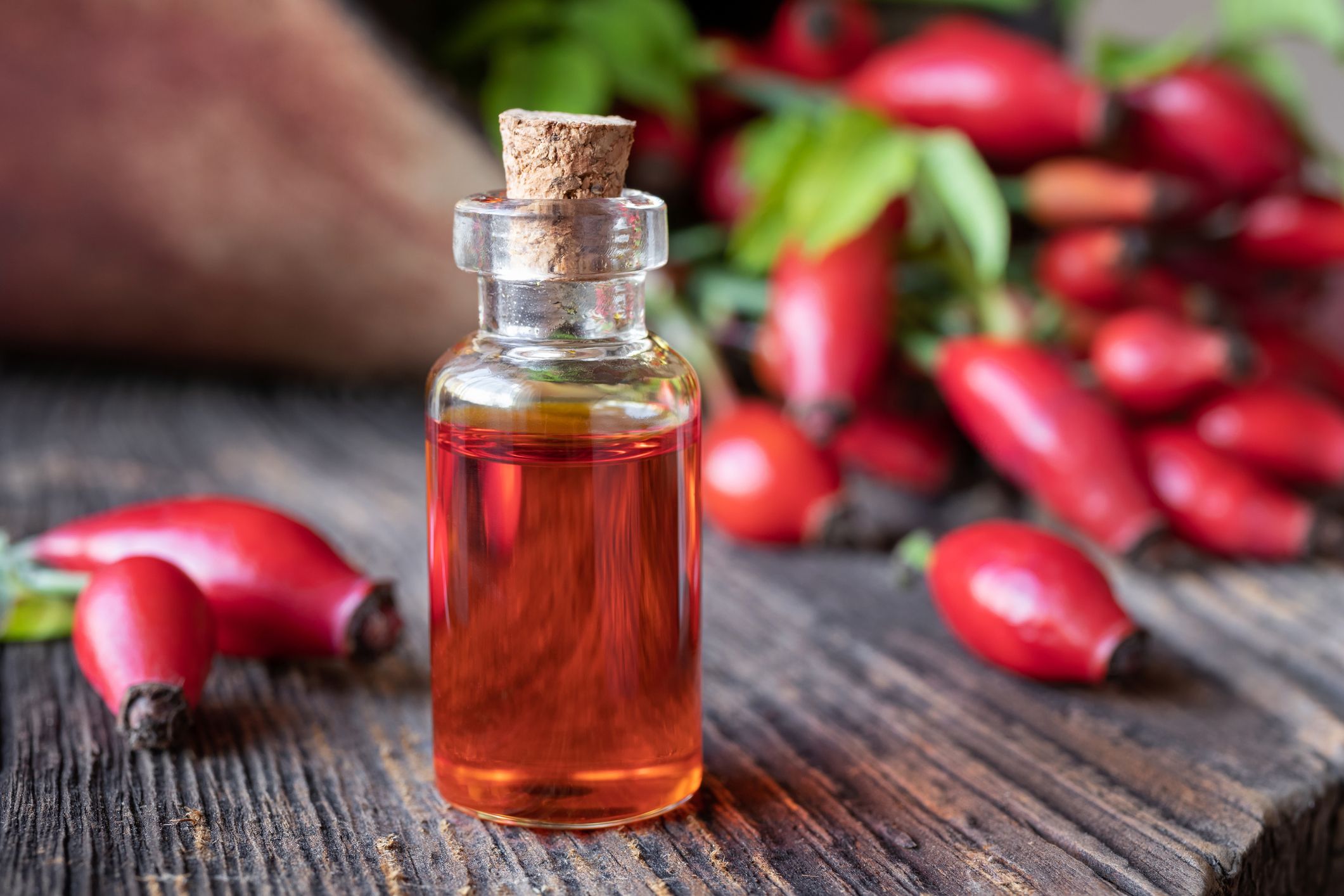


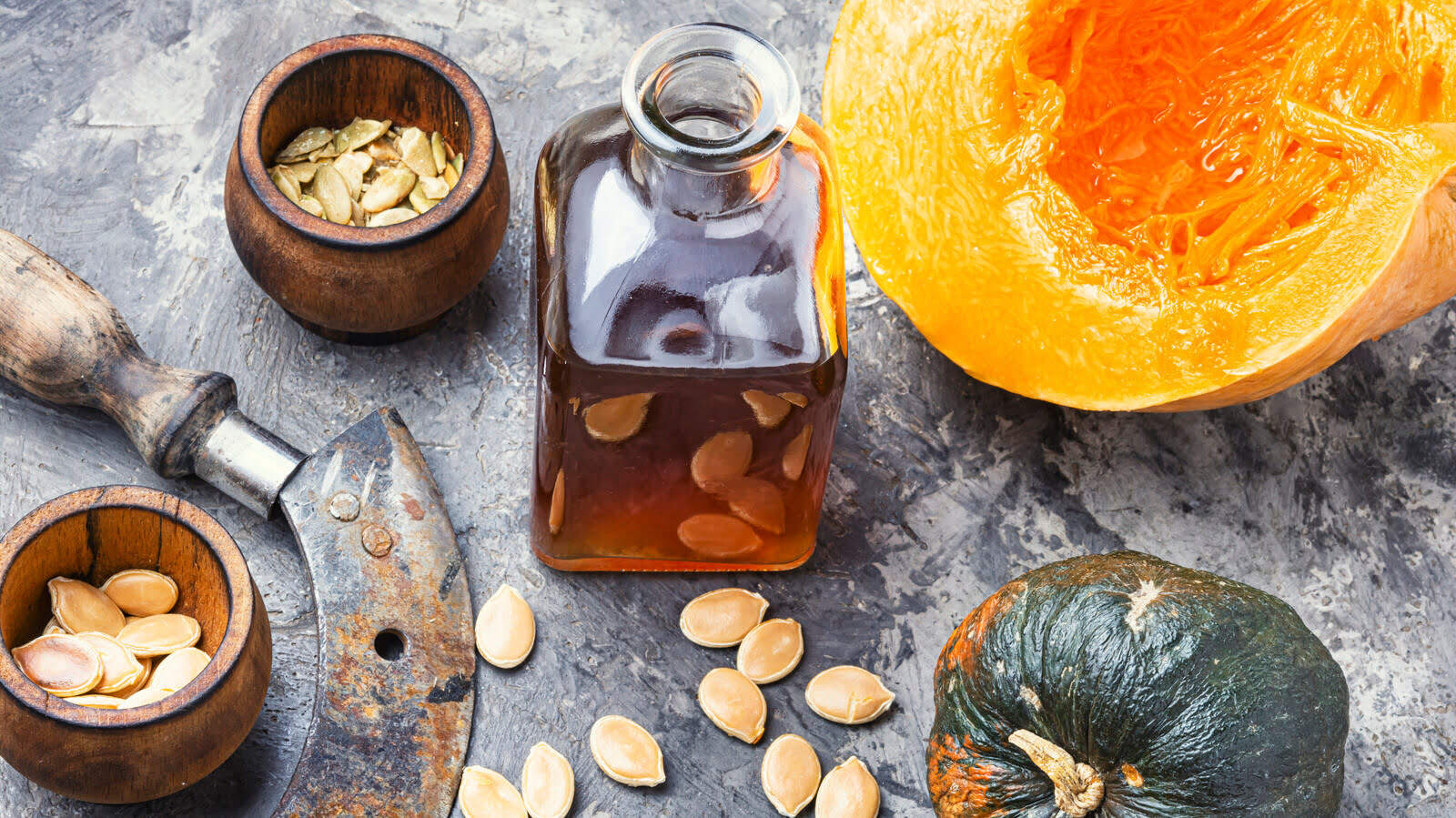

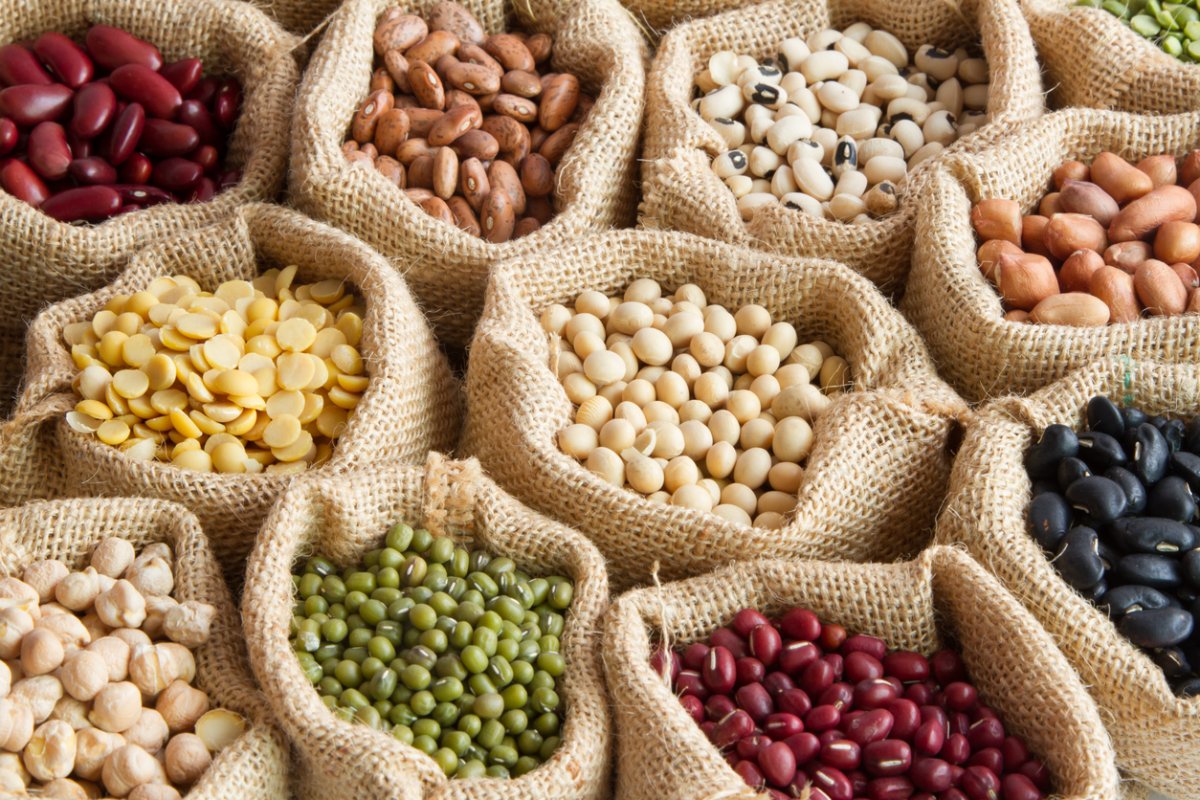
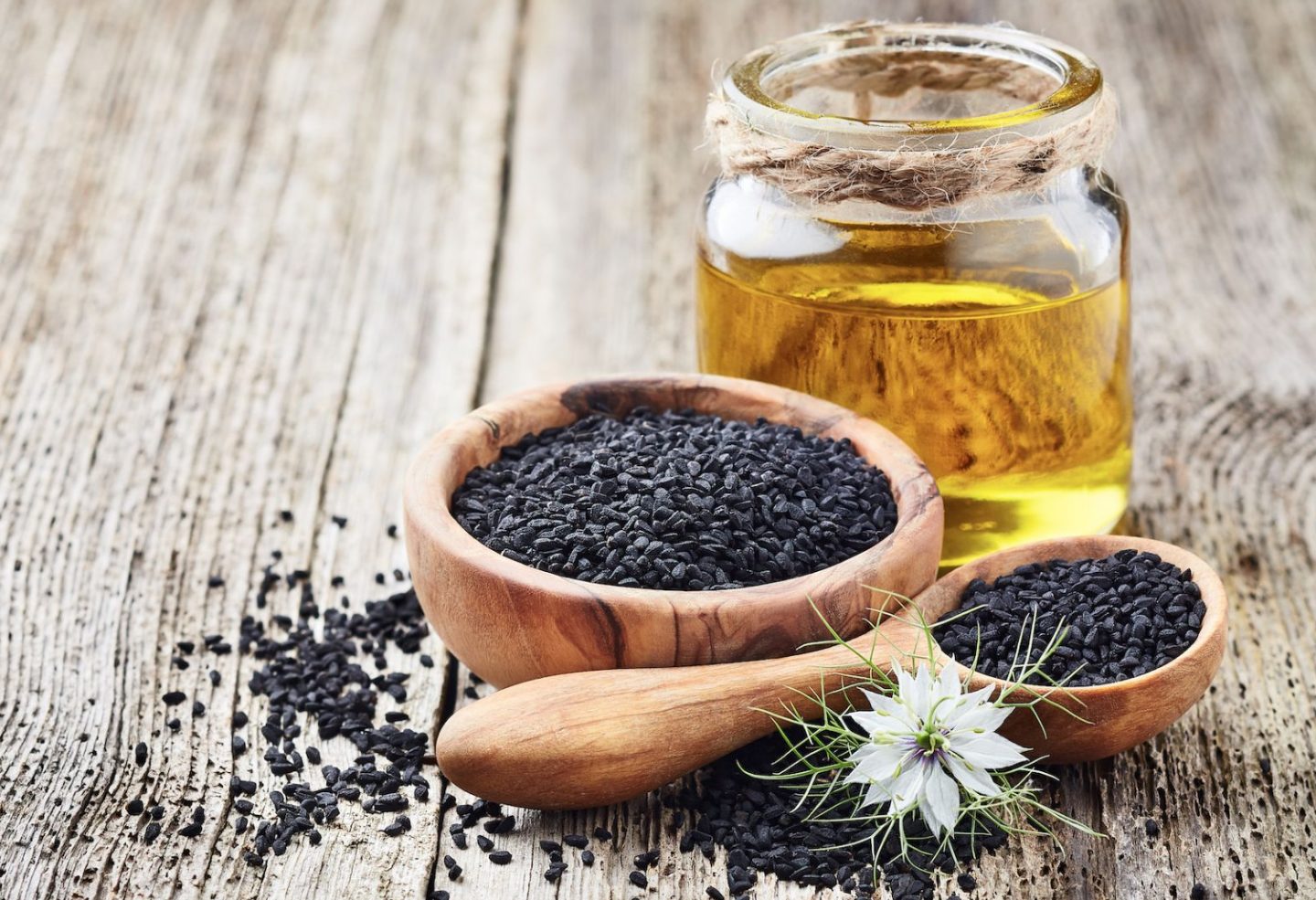
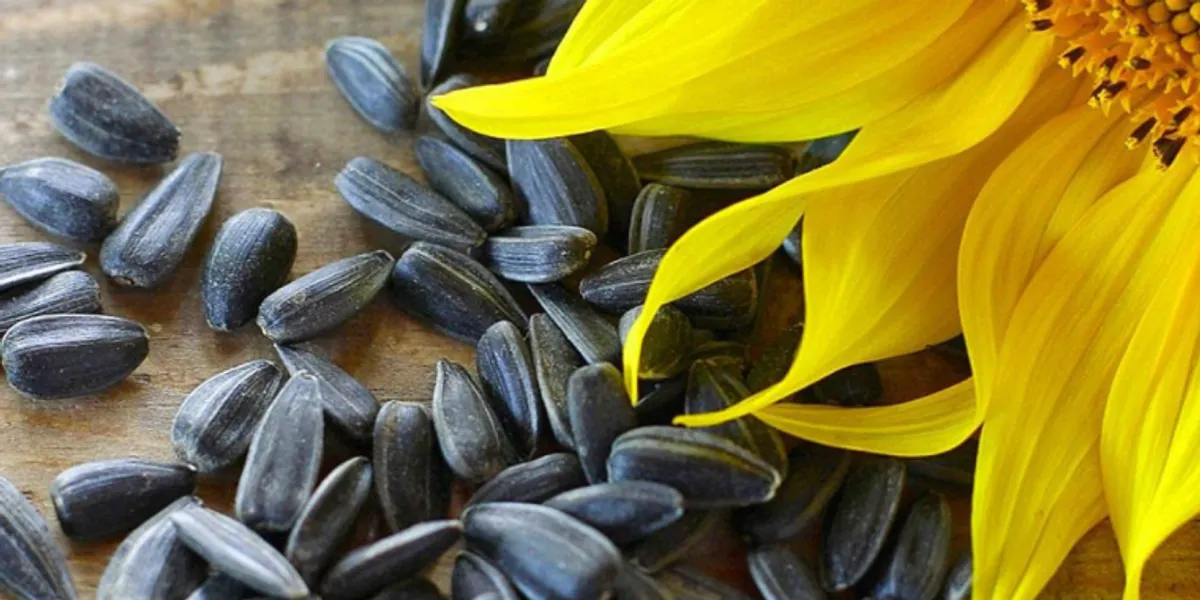
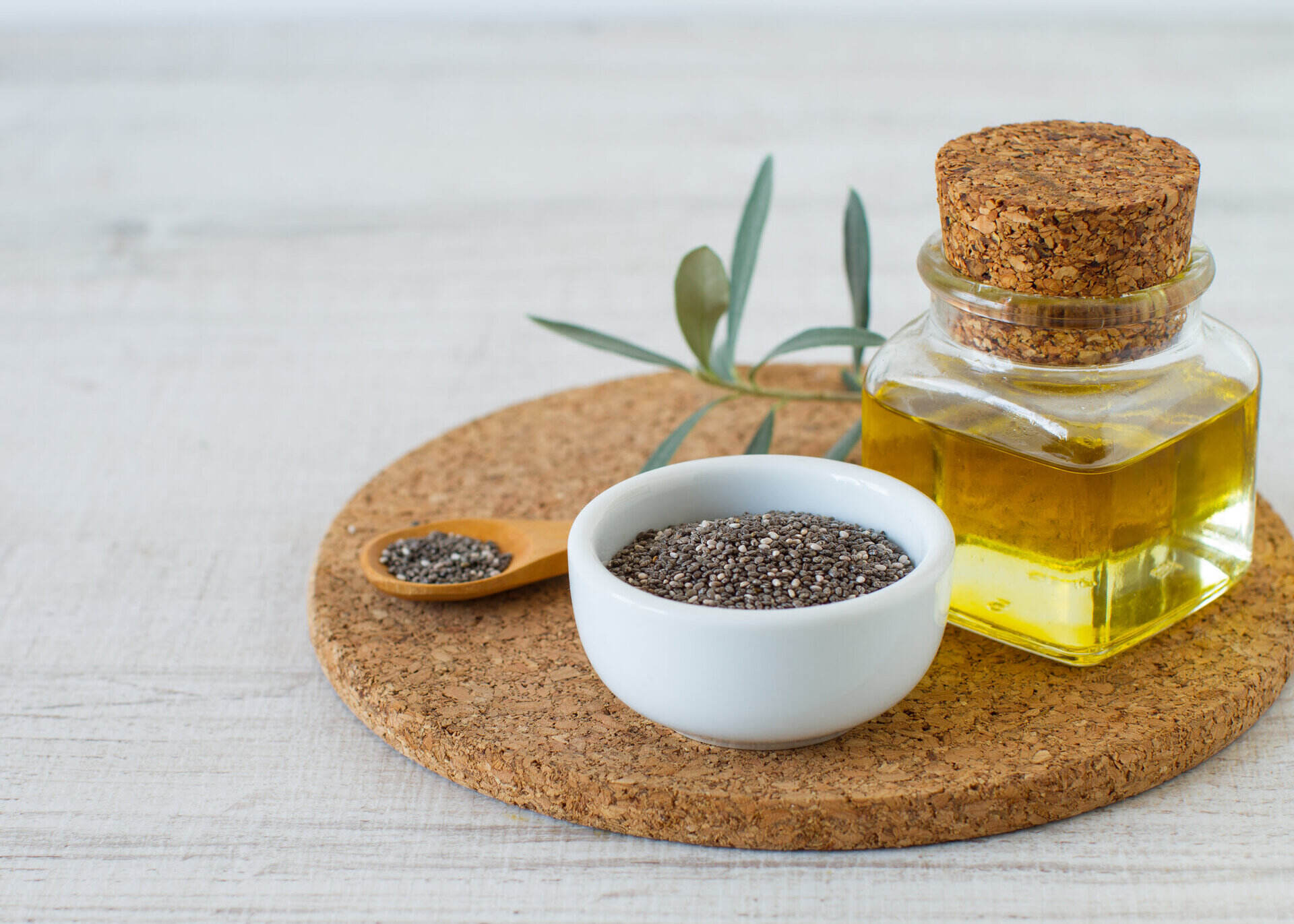


0 thoughts on “How Are Seed Oils Made”